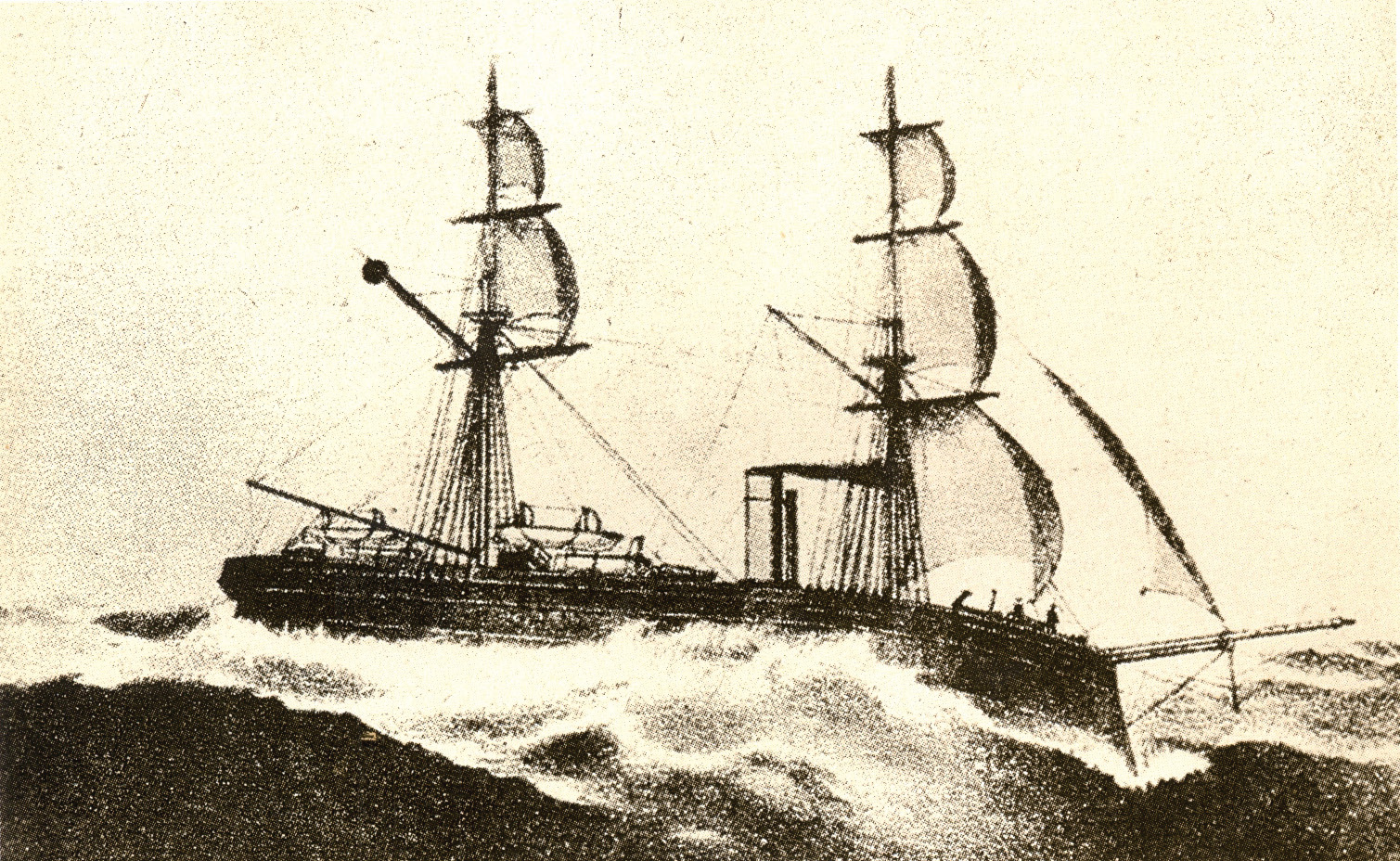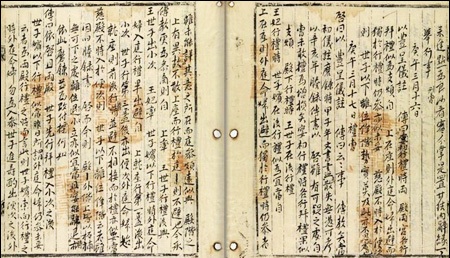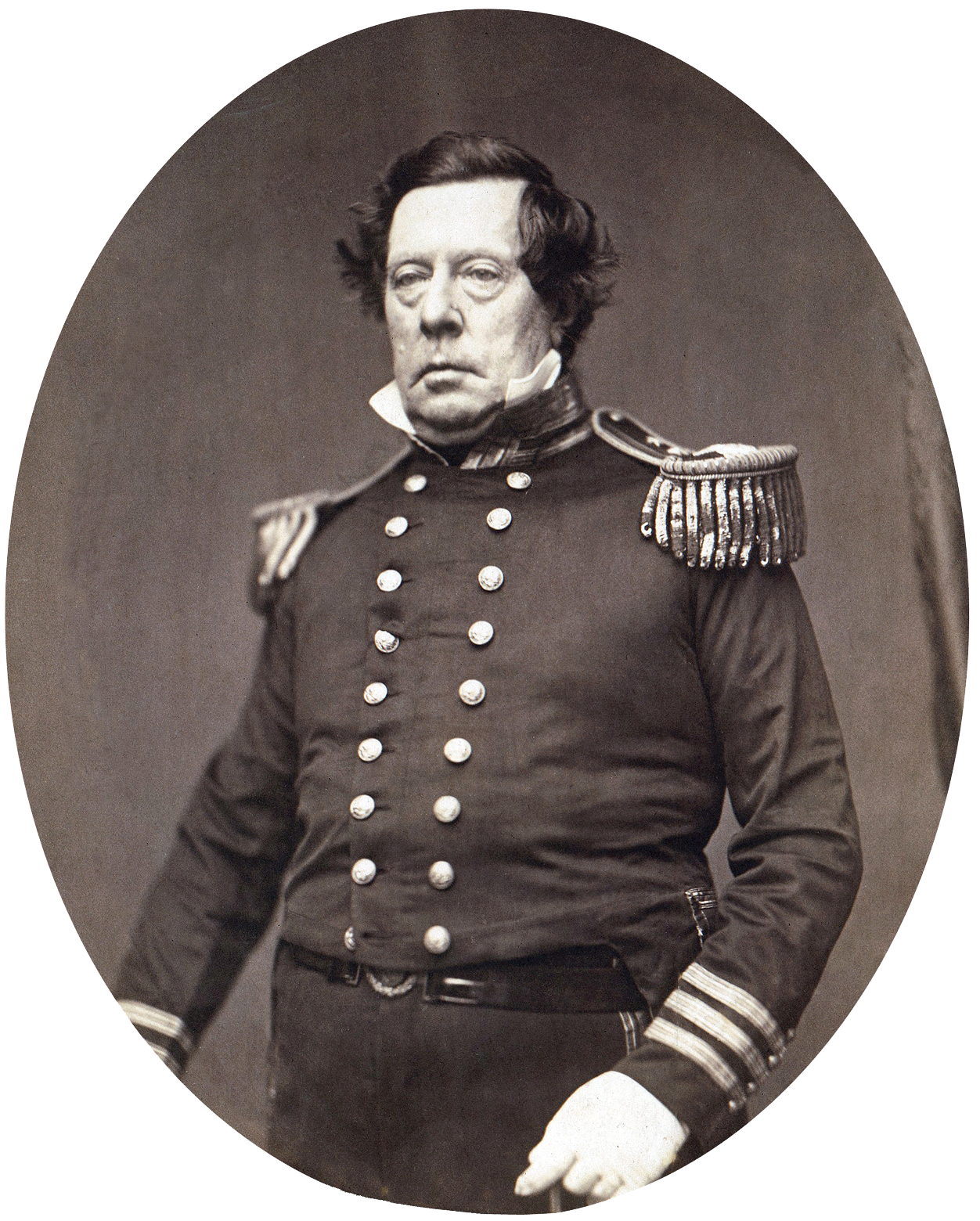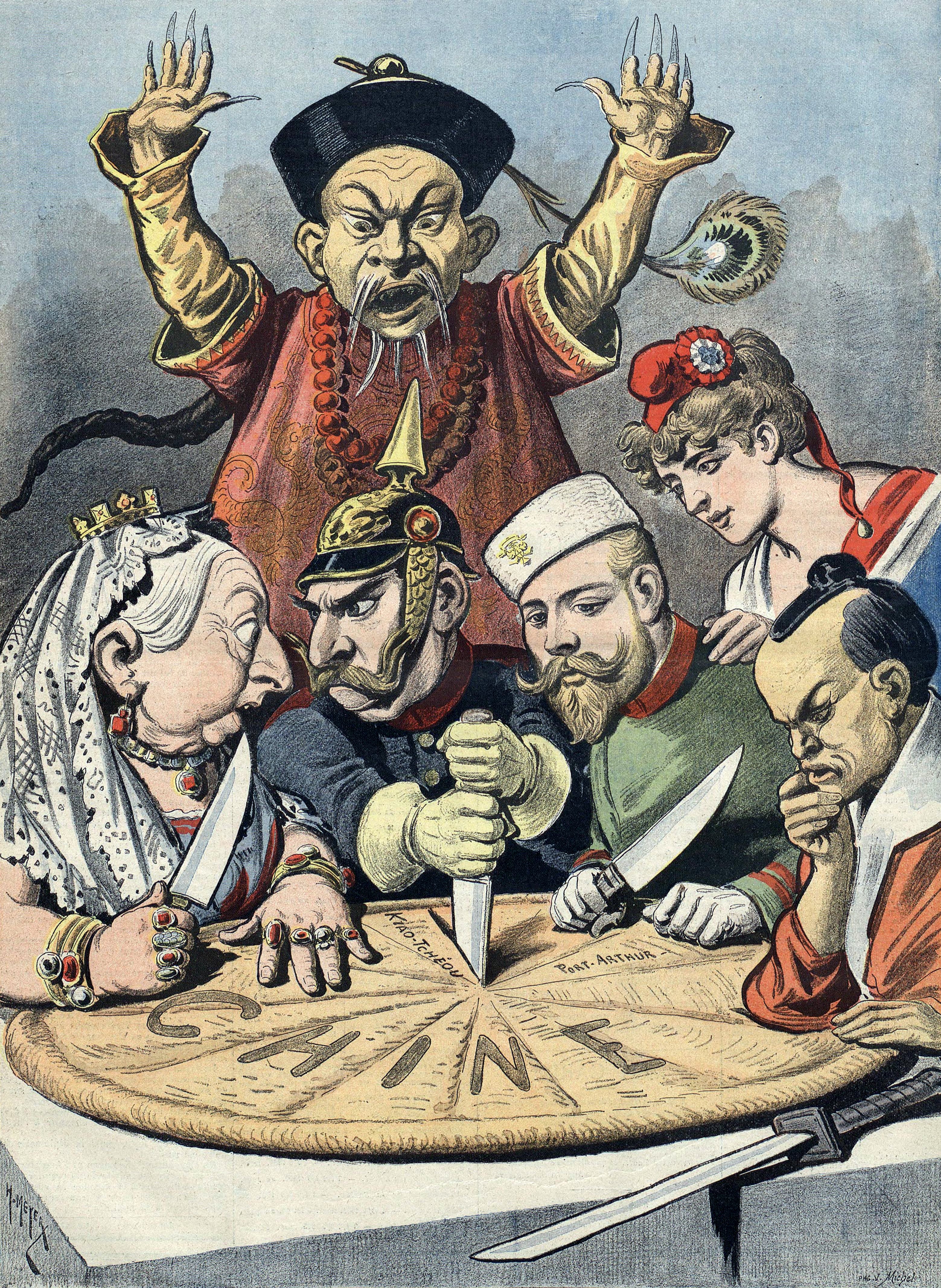|
Korean Independence Movement
The Korean independence movement was a series of diplomatic and militant efforts to liberate Korea from Japanese rule. The movement began around the late 19th or early 20th century, and ended with the surrender of Japan in 1945. As independence activism on the peninsula was largely suppressed by Japan, many significant efforts were conducted abroad by the Korean diaspora, as well as by a number of sympathetic non-Koreans. In the mid-19th century, Japan and China were forced out of their policies of isolationism by the West. Japan then proceeded to rapidly modernize, forcefully open Korea, and establish its own hegemony over the peninsula. Eventually, it formally annexed Korea in 1910. The 1919 March First Movement protests are widely seen as a significant catalyst for the international independence movement, although domestically the protests were violently suppressed. In the aftermath of the protests, thousands of Korean independence activists fled abroad, mostly to China. In ... [...More Info...] [...Related Items...] OR: [Wikipedia] [Google] [Baidu] |
Korea Under Japanese Rule
From 1910 to 1945, Korea was ruled by the Empire of Japan under the name ChĹŤsen (), the Japanese reading of "Joseon". Japan first took Korea into its sphere of influence during the late 1800s. Both Korea (Joseon) and Japan had been under policies of isolationism, with Joseon being a Tributary system of China, tributary state of Qing China. However, in 1854, Perry Expedition, Japan was forcibly opened by the United States. It then rapidly modernized under the Meiji Restoration, while Joseon continued to resist foreign attempts to open it up. Japan eventually succeeded in opening Joseon with the unequal Japan–Korea Treaty of 1876. Afterwards, Japan embarked on a decades-long process of defeating its local rivals, securing alliances with Western powers, and asserting its influence in Korea. Japan Assassination of Empress Myeongseong, assassinated the defiant Korean queen and intervened in the Donghak Peasant Revolution.Donald Keene, ''Emperor of Japan: Meiji and his World, 1852â ... [...More Info...] [...Related Items...] OR: [Wikipedia] [Google] [Baidu] |
National Liberation Day Of Korea
The National Liberation Day of Korea is a public holiday celebrated annually on 15 August in both North Korea and South Korea. It commemorates the day when Korea, Korean Peninsula was liberated by the Allies of World War II, Allies in 1945 from 35 years of Korea under Japanese rule, Japanese colonial rule. The day also coincides with the anniversary of the founding of South Korea in 1945. Liberation Day is the only political holiday that is celebrated in both Public holidays in North Korea, North and Public holidays in South Korea, South Korea. Etymology In North Korea, it is known as ''ChogukhaebangĹi Nal'' (). In South Korea, it is known as ''Gwangbokjeol'' ().Gwangbokjeol at Doosan Encyclopedia The name ''Gwangbokjeol'' uses the term "restoration" () instead of "independence" () to emphasize that History of Korea, Korea had been i ... [...More Info...] [...Related Items...] OR: [Wikipedia] [Google] [Baidu] |
Suzerainty
A suzerain (, from Old French "above" + "supreme, chief") is a person, state (polity)">state or polity who has supremacy and dominant influence over the foreign policy">polity.html" ;"title="state (polity)">state or polity">state (polity)">state or polity who has supremacy and dominant influence over the foreign policy and economic relations of another subordinate party or polity, but allows internal autonomy to that subordinate. Where the subordinate polity is called a vassal, vassal state or tributary state, the dominant party is called the suzerain. The rights and obligations of a vassal are called ''vassalage'', and the rights and obligations of a suzerain are called suzerainty. Suzerainty differs from sovereignty in that the dominant power does not exercise centralized governance over the vassals, allowing tributary states to be technically self-ruling but enjoy only limited independence. Although the situation has existed in a number of historical empires, it is con ... [...More Info...] [...Related Items...] OR: [Wikipedia] [Google] [Baidu] |
Japan–Korea Treaty Of 1876
The Japan–Korea Treaty of 1876 (also known as the Japan–Korea Treaty of Amity in Japan and the Treaty of Ganghwa Island in Korea) was made between representatives of the Empire of Japan and the Joseon, Kingdom of Joseon in 1876.Chung, Young-lob (2005). . "...the initial opening of Korea's borders to the outside world came in the form of the Korea-Japan Treaty of Amity (the so-called Ganghwa Treaty)." Negotiations were concluded on February 26, 1876.Korean Mission to the Conference on the Limitation of Armament, Washington, D.C., 1921–1922 (1922). ; "Treaty between Japan and Korea, dated February 26, 1876." In Korea, Heungseon Daewongun, who instituted a policy of increased isolationism against the European powers, was forced into retirement by his son Gojong of Korea, King Gojong and Gojong's wife, Empress Myeongseong. Second French Empire, France and the United States had already made several unsuccessful attempts to begin commerce with the Joseon dynasty during the Daewo ... [...More Info...] [...Related Items...] OR: [Wikipedia] [Google] [Baidu] |
French Expedition To Korea
The French Intervention to Korea (, ) was an 1866 punitive expedition undertaken by the Second French Empire against Joseon Korea in retaliation for the execution of seven French Catholic missionaries. The encounter over Ganghwa Island lasted nearly six weeks. The result was an eventual French retreat, and a check on French influence in the region. The encounter also confirmed Korea in its isolationism for another decade, until Japan forced it to open up to trade in 1876 through the Treaty of Ganghwa. In contemporary South Korea it is known as the ''Byeongin yangyo'', or "Western disturbance of the ''byeongin'' year". Background Throughout the history of the Joseon dynasty, Korea maintained a policy of strict isolationism from the outside world (with the exceptions being interaction with the Qing dynasty and occasional trading with Japan through the island of Tsushima). However, it did not entirely succeed in sealing itself off from foreign contact, and Catholic missionarie ... [...More Info...] [...Related Items...] OR: [Wikipedia] [Google] [Baidu] |
General Sherman Incident
The ''General Sherman'' incident () was the destruction in 1866 of the American merchant ship in the Taedong River during an unsuccessful and illegal attempt by the ship's crew to open up trade with the isolationist Joseon dynasty of Korea. With the rapid increase in Western imperialism in Asia during the 19th century, Asian nations came under increasing pressure to end their isolationist policies. Despite China and Japan being forcibly opened to foreign trade by Western powers, Korea maintained its isolationism. The ''General Sherman'' purchased stocks of cotton textiles, tinware, mirrors and glassware from Tianjin before sailing up the Taedong River. Korean officials informed the ship's captain that he was not allowed to trade in Korea; these instructions were ignored. Eventually, regent Daewongun, believing the ''General Sherman'' to be a French Navy warship on a punitive mission to avenge the deaths of Catholic priests in Korea, ordered Pyongan Province governor ... [...More Info...] [...Related Items...] OR: [Wikipedia] [Google] [Baidu] |
Meiji Restoration
The , referred to at the time as the , and also known as the Meiji Renovation, Revolution, Regeneration, Reform, or Renewal, was a political event that restored Imperial House of Japan, imperial rule to Japan in 1868 under Emperor Meiji. Although there were ruling emperors before the Meiji Restoration, the events restored practical power to, and consolidated the political system under, the Emperor of Japan. The Restoration led to enormous changes in Japan's political and social structure and spanned both the late Edo period (often called the Bakumatsu) and the beginning of the Meiji era, during which time Japan rapidly Industrialization, industrialised and adopted Western culture, Western ideas and production methods. The origins of the Restoration lay in economic and political difficulties faced by the Tokugawa shogunate. These problems were compounded by the encroachment of foreign powers in the region which challenged the Tokugawa policy of , specifically the arrival of the Pe ... [...More Info...] [...Related Items...] OR: [Wikipedia] [Google] [Baidu] |
Perry Expedition
] The Perry Expedition (, , "Arrival of the Black Ships") was a diplomatic and military expedition in two separate voyages (1852–1853 and 1854–1855) to the Tokugawa shogunate () by warships of the United States Navy. The goals of this expedition included exploration, surveying, and the establishment of diplomatic relations and negotiation of trade agreements with the various nations in the region. Opening contact with the government of Japan was considered a top priority of the expedition, and was one of the key reasons for its inception. The expedition was commanded by Commodore Matthew Calbraith Perry, under orders from President Millard Fillmore. Perry's primary goal was to force an end to Japan's 220-year-old policy of isolation and to open Japanese ports to American trade, through the use of gunboat diplomacy if necessary. The Perry Expedition led directly to the establishment of diplomatic relations between Japan and the western Great Powers, and eventually to ... [...More Info...] [...Related Items...] OR: [Wikipedia] [Google] [Baidu] |
Herald Of Randolph
''The White River Valley Herald'' is a weekly newspaper published in Randolph, Vermont covering sixteen communities in Vermont's Upper Valley region. Circulation was 5,500 in 2015. History The ''Herald'' was established in 1874 by L.P. Thayer after purchasing the ''Green Mountain Herald'', also published in Randolph. After an 1877 fire, the newspaper consolidated with the ''Chelsea Post'', the ''Vermont News'' from Bethel, Vermont, and the ''Green Mountain Herald'' and was called ''The Herald and News''. It was published in two editions, a four-page paper with only local news, and a slightly more expensive eight-page paper with "all the news." The newspaper had separate editions for the towns of Chelsea, Bethel and added editions for Rochester and South Royalton in 1894. This newspaper was purchased by L.B. Johnson in 1894. The paper's current offices were built in 1899. In 1941 Johnson changed the name to ''The White River Valley Herald''. Ownership of the paper passed to J ... [...More Info...] [...Related Items...] OR: [Wikipedia] [Google] [Baidu] |
Unequal Treaty
The unequal treaties were a series of agreements made between Asian countries—most notably Qing dynasty, Qing China, Tokugawa shogunate, Tokugawa Japan and Joseon, Joseon Korea—and Western countries—most notably the United Kingdom of Great Britain and Ireland, United Kingdom, French Third Republic, France, German Empire, Germany, Austria-Hungary, Kingdom of Italy, Italy, the United States and Russian Empire, Russia—during the 19th and early 20th centuries. They were often signed following a military defeat suffered by the Asian party, or amid military threats made by the Western party. The terms specified obligations to be borne almost exclusively by the Asian party and included provisions such as the cession of territory, payment of reparations, opening of treaty ports, relinquishment of the right to control tariffs and imports, and granting of extraterritoriality to foreign citizens. With the rise of Chinese nationalism and anti-imperialism in the 1920s, both the Kuomint ... [...More Info...] [...Related Items...] OR: [Wikipedia] [Google] [Baidu] |
Opium Wars
The Opium Wars () were two conflicts waged between China and Western powers during the mid-19th century. The First Opium War was fought from 1839 to 1842 between China and Britain. It was triggered by the Chinese government's campaign to enforce its prohibition of opium, which included destroying opium stocks owned by British merchants and the British East India Company. The British government responded by sending a naval expedition to force the Chinese government to pay reparations and allow the opium trade. The Second Opium War was waged by Britain and France against China from 1856 to 1860, and consequently resulted in China being forced to legalise opium. In each war, the superior military advantages enjoyed by European forces led to several easy victories over the Chinese military, with the consequence that China was compelled to sign the unequal treaties to grant favourable tariffs, trade concessions, reparations and territory to Western powers. The two conflicts, ... [...More Info...] [...Related Items...] OR: [Wikipedia] [Google] [Baidu] |
Tributary State
A tributary state is a pre-modern state in a particular type of subordinate relationship to a more powerful state which involved the sending of a regular token of submission, or tribute, to the superior power (the suzerain). This token often took the form of a substantial transfer of wealth, such as the delivery of gold, produce, or slaves, so that tribute might best be seen as the payment of protection money. It might also be more symbolic: sometimes it amounted to no more than the delivery of a mark of submission such as the bunga mas (golden flower) that rulers in the Malay Peninsula used to send to the kings of Siam, or the Tribute of the Maltese Falcon that the Grand Master of the Order of St. John used to send annually to the Viceroy of Sicily in order to rule Malta. It might also involve attendance by the subordinate ruler at the court of the hegemon in order to make a public show of submission. The modern-day heirs of tribute hegemons tend to claim that the tr ... [...More Info...] [...Related Items...] OR: [Wikipedia] [Google] [Baidu] |







